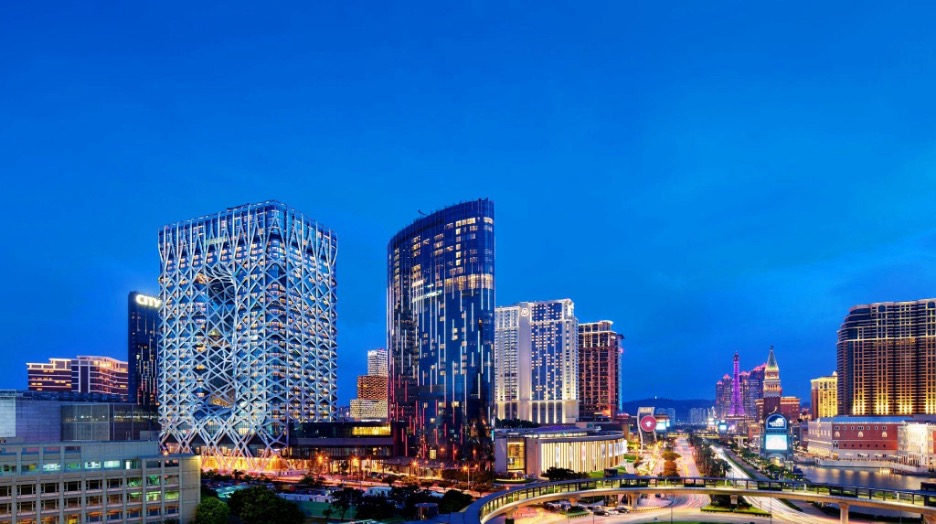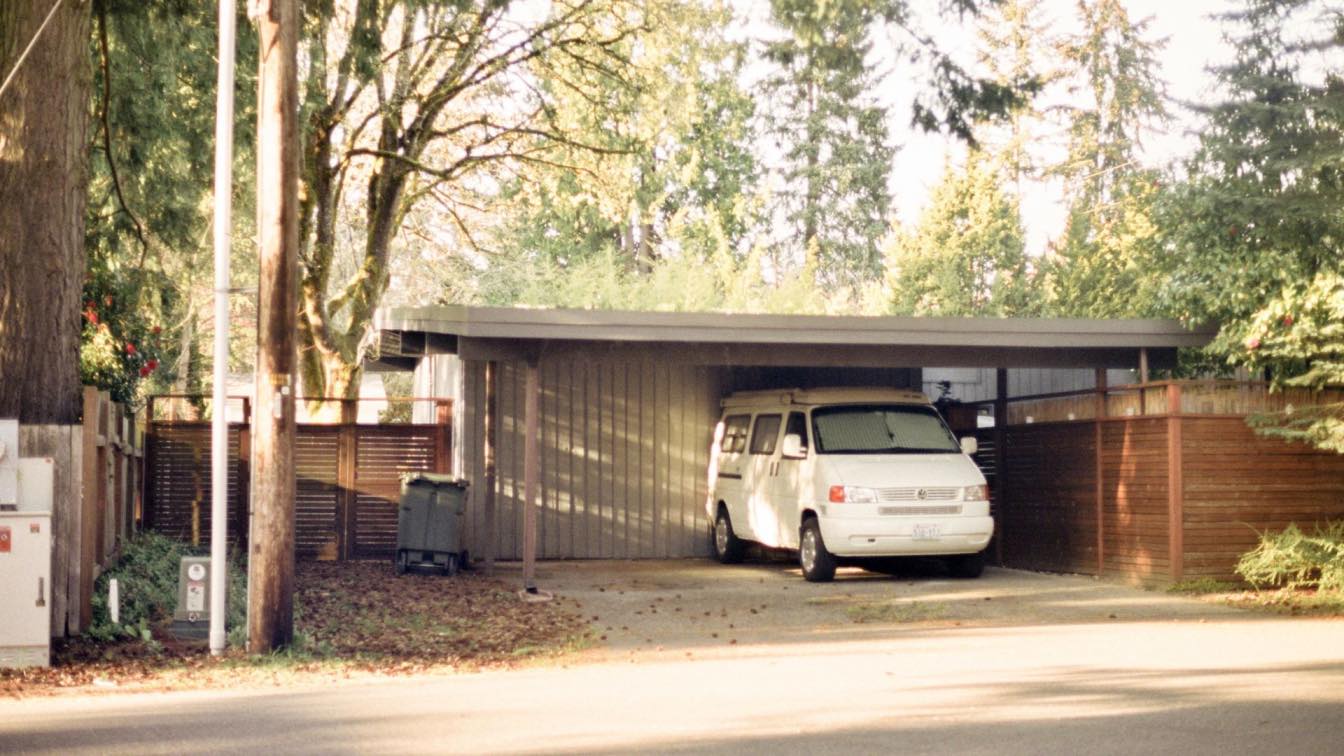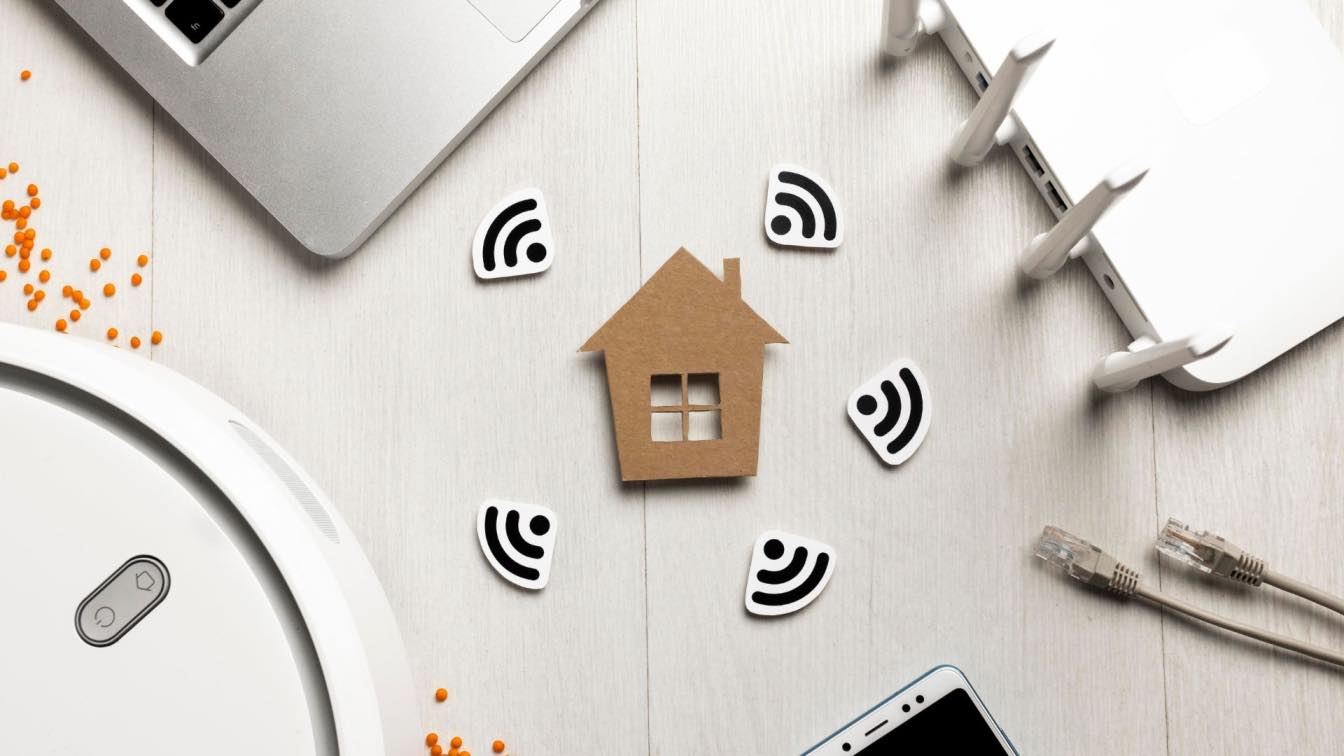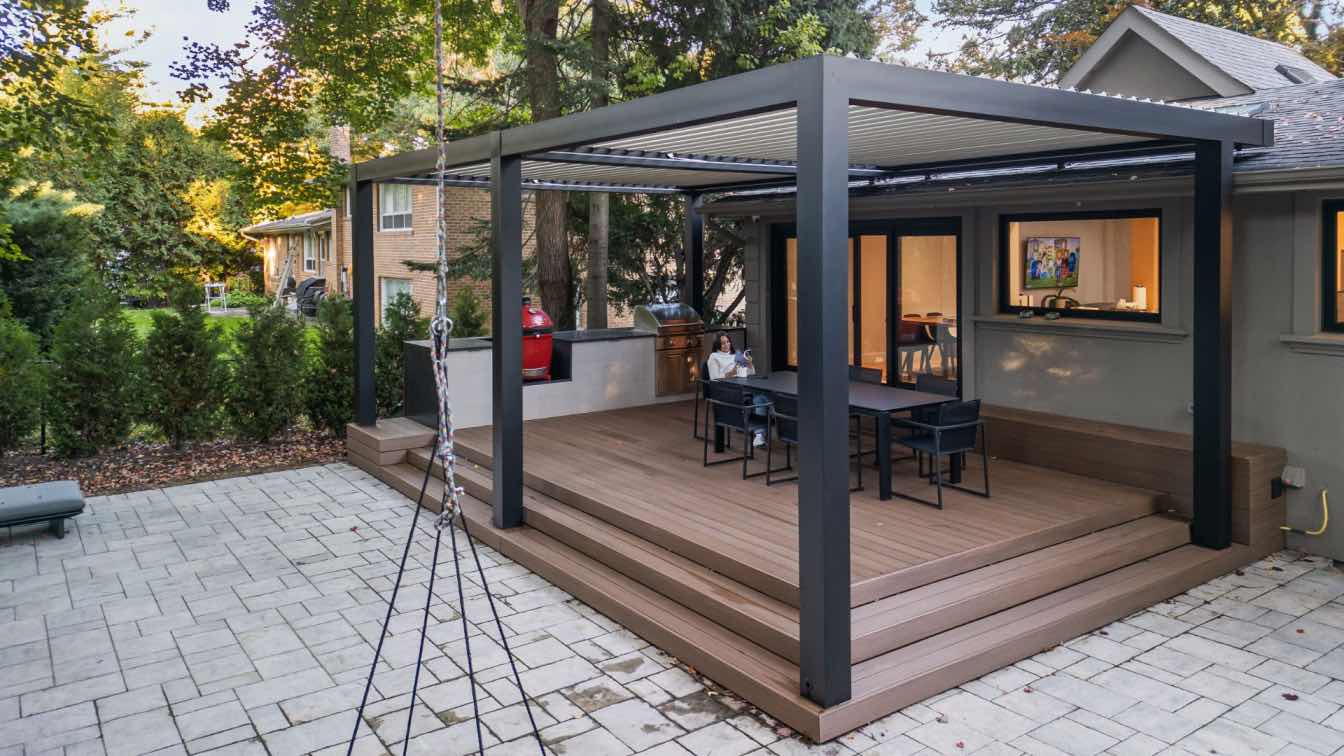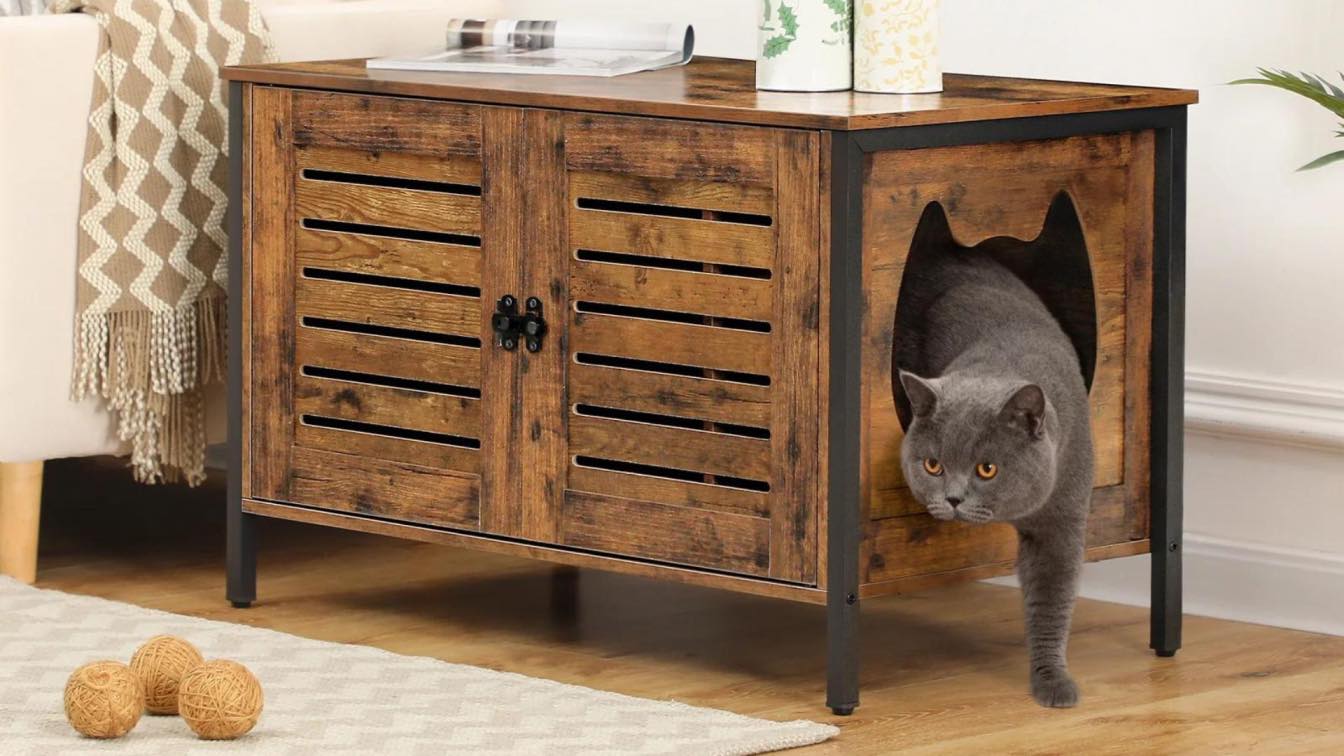Amid the glittering towers of Macau’s Cotai Strip, the Morpheus Hotel stands out not just in height, but in spirit. Completed in 2018, the Zaha Hadid-designed structure is radically different, carving a unique silhouette into the skyline. Unlike the usual resort towers, Morpheus brings architectural ambition to the forefront.
While part of the City of Dreams still synonymous with a casino to many the hotel shifts attention toward design innovation. Its gaming salons play a role, but it’s the bold visual and structural form that captivates. In a city overflowing with spectacle, Morpheus offers something strikingly original and culturally resonant.
When Engineering Meets Art
Morpheus isn’t a traditional skyscraper. With a $1.1 billion price tag, it’s the world’s first high-rise with a free-form exoskeleton a three-dimensional lattice that wraps the building like a living structure. Unlike conventional column-supported towers, its exoskeleton bears the entire load, allowing vast, open interiors with soaring atriums and dramatic voids. The result is a seamless fusion of form and function.
From above, its figure-eight outline stands out a deliberate design choice rooted in Chinese cultural symbolism, where the number eight represents prosperity and harmony. These sculpted voids not only shape the tower’s iconic silhouette but also connect the two vertical cores and guide light, air, and people throughout the structure. In a city famed for its casino-driven architecture, Morpheus adds a new dimension merging bold engineering with cultural narrative in an extraordinary and purposeful way.
Ancient Inspiration with a Futuristic Spin
Zigzagging between geometry and fluidity as typical of Zaha Hadid’s signature style, there is a distinct influence of locality in the design of the building. It is “jade-finished,” a design translated from traditional crafted Chinese jade articles into a combination of glass, steel, and aluminum. A human would experience this through the process of carving and shaping not putting the pieces together, which suggests Morpheus was carved rather than built.
This sense of architecture being carved rather than assembled presents itself to the interior as well. An atrium lobby spread over seven stories provides that vertical sensation to any entrant, engulfing them from the very moment they step inside. All across the atrium, panoramic glass elevators move up and down like birds in flight, and skybridges allow a peek at that surreal suspended luxury on those upper floors. The space evokes a feeling of being inside a science fiction setting, yet with nothing artificial.
Redefining Luxury at High Places
With Morpheus attracting through architecture, it does not end at that point. There are over 770 rooms and suites in the hotel, with nine ‘‘sky villas’’ and some featuring private pools that are perched high above the city. There’s also a penthouse villa with its central pool a statement of opulence that looks more a residence in the clouds than a hotel suite.
Dining options reflect the building’s ambition. Michelin-starred restaurants, carefully selected modern art galleries, and rooftop infinity pools are inclusive, yet unique is the incorporation of technology in the user experience throughout the property. Guests are provided with technology that offers high-speed panoramic lifts and intelligent room systems that understand the building’s guest requirements without being aggressive towards them. They are high-tech comfort conditions that need to be carefully balanced.
Challenges That Built Character
It was not easy to come out with such a revolutionary thing. The site was initially designated for a condominium project that was abandoned, and hence the building had to fit into an already existing rectangular footprint. Local parameters gave an even stricter set of conditions. And yet, despite these constraints, Zaha Hadid Architects changed the interior into something totally and fundamentally different.
A typhoon-prone climate in Macau was an additional challenge. The exoskeleton wasn’t only a visual center attraction but needed to bear up against strong winds and, at times, there were seismic activity. Engineers came up with almost 60,000 square meters of non-repeating aluminum cladding, each piece cut to work like part of a huge 3D jigsaw puzzle. In many ways, the hardships became part of the hotel’s story, reinforcing the innovative thinking behind its design.
Ultimately
Morpheus is not your average luxury hotel and it is definitely not the usual type of building that you would expect. It is an act of defiance in steel and glass challenging the limits of hospitality, structure, and imagination. A heady mix of traditional Chinese symbolism supercharged with next-level engineering and generous creative brio, the building counts as one of Zaha Hadid’s last great triumphs.
It challenges viewers to reconsider what a skyscraper could be. Not only high or extravagant but smart, fluid, and culturally responsive. In a city that expects the exceptional, Morpheus presents another way, an image of the future set in art, accuracy, and daring design.

